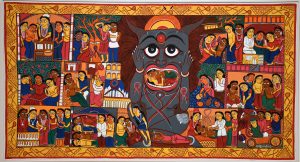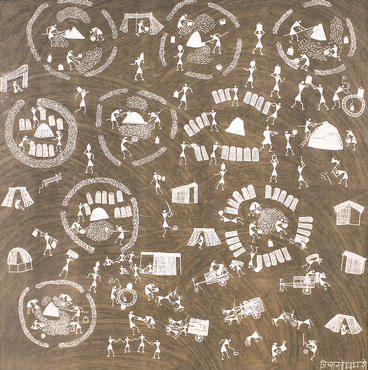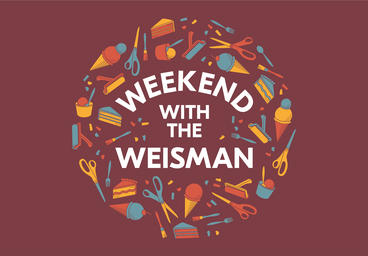
FEATURED ESSAY
Art is often described as having soft power, or power that persuades through appeal and attraction, “using persuasion, attraction, or agenda setting,” rather than coercion or force.* Looking at how soft power functions in broader cultural contexts such as in television and radio programming, it is clear that art possesses this same power and with it, the ability to change the socio political landscape of the world.
Soft power is often thought of in opposition to hard power, or power that uses coercion or brute force to achieve some end. This distinction is important to make, especially in the context of international relations and political power governments wield over their citizens. For example, in Somalia, after years of civil war and domination by the Islamic extremist group al-Shabab, a new government was officially brought into existence with the ratification of the constitution of the Federation of Somalia in 2012. In 2013, the United Nations sought to stabilize this new democratic government through soft power, namely a reality game show including poetry and singing competitions. This game show aimed to promote democratic values and processes such as creativity, individual expression, fairness, and voting through soft power via television show.
So how does it work? Soft power is effective because human beings process stories differently than they do arguments or rhetoric, typical devices of hard power. When one listens to a story, one suspends disbelief (to a certain extent) and does not immediately begin to pick apart, doubt, and criticize, as one does with an argument. Stories, television shows, and art all contain arguments as well, but command the viewer to suspend disbelief, thus getting their message across more powerfully.
This soft power, then, is truly where the transformative power of art lies. Recently at WAM, we had a panel of scholars who discussed the impact of traditional scrolls currently on display in WAM’s Many Visions, Many Versions exhibition. Many of these scrolls are painted in traditional Indian styles but feature modern subject material that deals with important issues such as preventing STIs and the use of contraceptives.
Emphasized by the panelists, these scrolls are traditionally presented in a very theatrical manner and narrated like a story. As literacy rates are quite low in rural India especially, this manner of spreading information is extremely important and effective because it does not require literacy to achieve understanding, and thus reaches across boundaries of socioeconomic divide. Through the soft power of art these scrolls are changing India and the world one panel at a time, and making it more and more clear that art plays an incredibly important role in human existence.
Negotiating Tradition panelists were Anna Seastrand, assistant professor of Art History at the University of Minnesota; Pika Gosh, associate professor of Religion at Haverford College; Dr. Arshiya Sethi, a scholar, artist and activist, and a practitioner and scholar of Indian dance; and Richa Nagar, a feminist scholar, creative writer, theatre practitioner, and Professor of the College in the College of Liberal Arts at University of Minnesota.
Image Credit: Swarna Chitrakar, HIV/AIDS, 2015, Chitrakars tradition, fabric paint on canvas. Collection of Geetika Tiwari.
This painting about HIV/AIDS confronts taboos and imparts medical advice. The artist Swarna Chitrakar had observed how villagers diagnosed as HIV-positive were forbidden from bathing or eating in communal spaces, so she emphasizes that the virus is transmitted through semen and blood. A copulating couple is visible in the mouth of the central demon figure, perhaps alluding to the dangers of unprotected sex. In the bottom left corner, a health care professional advises women on how to use condoms. The painting's border features hemoglobin, to indicate how the virus is spread, and syringes, which warn against drug use.
* Lord, Gail Dexter, and Ngaire Blankenberg. Cities, Museums and Soft Power. AAM Press, 2015.
Isabella Gold
Isabella Gold is a junior studying art history and museology in the Honors program, with a special passion for the early modern world. She is interested in the role museums have to play in education and hopes to work as a curator someday. A poet and violinist, she is intrigued by the intersection of different art forms, especially the roles painting and music played in the historical development of theater. In her free time, she enjoys listening to opera, learning foreign languages, and finding old books in little free libraries.



